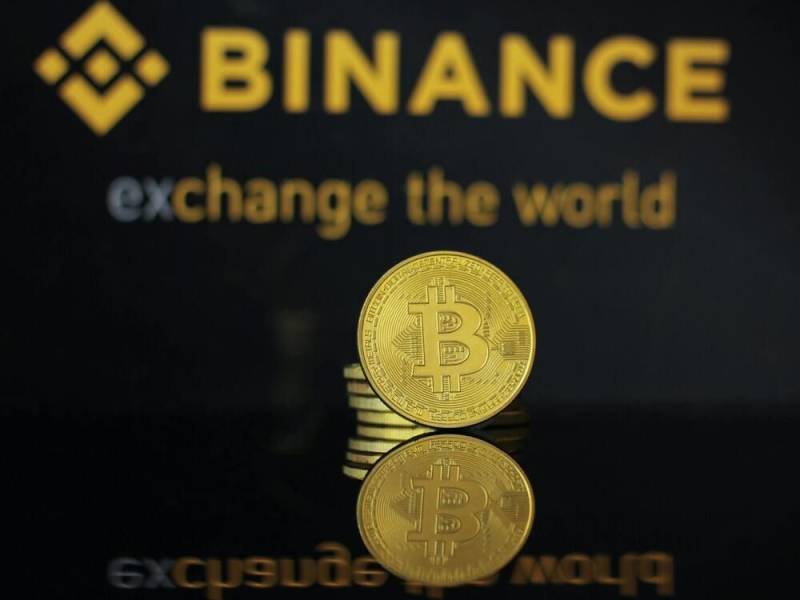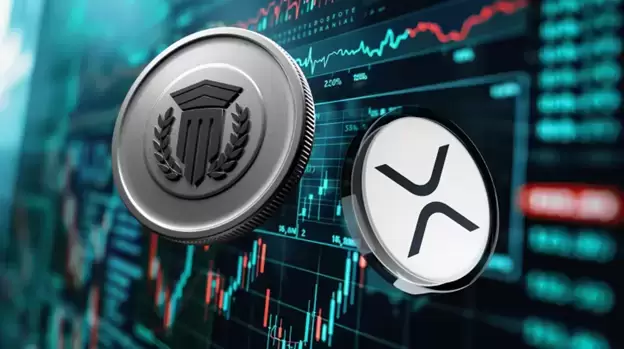 |
|
 |
|
 |
|
 |
|
 |
|
 |
|
 |
|
 |
|
 |
|
 |
|
 |
|
 |
|
 |
|
 |
|
 |
|
Cryptocurrency investment is becoming more popular, and you may wonder about the prices of different crypto tokens; or whether token X is a better investment

Key Takeaways
Tokenomics in Crypto 101
As cryptocurrency investment gains popularity, you may be curious about the varying prices of different crypto tokens; or whether token X is a better investment than token Y. With over 9,000 crypto coins and tokens to choose from, you could wonder if there’s a skill that helps users understand the economics of crypto projects.
Tokenomics in crypto is the essential investment rulebook explaining the monetary asset policies of cryptos: their essence, supply, demand, and their relevance to making investment decisions.
What are Crypto Tokenomics?
Tokenomics is a merger of two words: ‘token’ and ‘economics.’ It refers to all elements of a crypto asset that make it valuable and alluring to potential investors. Tokenomics in crypto involves scrutinizing features like the functionality, creation and distribution, allocation policy, objective, and emission schedule of a cryptocurrency.
Tokenomics in crypto, which is a study of how cryptocurrencies work within the broader ecosystem, deals with factors that include elements that influence an asset’s use and value, supply and demand, burn schedules, and incentives. All these are essential qualities you should carefully consider before committing your funds to a select cryptocurrency.
Cryptocurrencies run on public blockchains open to everyone, including unscrupulous actors waiting to pounce on new and ignorant investors. By employing crypto tokenomics in the digital asset ecosystem, projects can easily create trust and inhibit the bad actors, thereby creating a robust long-term investment-friendly environment.
Tokenomics in crypto ultimately reveals the actual value of a token, motivates adoption, controls the inflation rate, and promotes sustainable growth. You can learn the different metrics of understanding a crypto project’s tokenomics by studying a project’s whitepaper.
Why Crypto Tokenomics Matter in Bitcoin Trading
The role of tokenomics in crypto emanates from the fact that, unlike fiat currencies, there are no government laws and regulations governing cryptocurrencies. Tokenomics, therefore, offer industry players a chance to evaluate other details of cryptocurrencies besides their prices on different exchanges.
You can compare the role played by tokenomics to how central banks control monetary policies to create efficient economies while facilitating the growth of their respective ecosystems. Every investor should learn tokenomics in crypto as it plays a critical role in influencing a token’s future price and whether a project has what it takes to attain the targets specified in its roadmap. While a crypto projects team’s expertise, dedication, concept, or funding from venture capitalists and investors are essential factors to consider when analyzing a crypto project’s potential, crypt tokenomics determines an asset’s ultimate success or failure.
Crucial Factors in Crypto Tokenomics
Tokenomics covers a cryptocurrency’s different aspects, including its creation, management, or removal. The most crucial factors you should understand include:
Token Distribution: Crypto projects use different methods to distribute coins to prospective users, or no one will use them: they include crypto miners, validators or initial coin offerings (ICOs), and others.
Price Stability: Cryptocurrencies are almost synonymous with price volatility. A project protects price stability by ensuring a steady supply of coins to match the supply levels as people use the coin for its intended purpose. Successful projects have a formula for preventing speculators from buying and selling tokens en masse and curtailing the flow of coins to match the supply levels.
Governance: Different projects employ different approaches regarding the creation or minting of coins and how they enter or leave the network. While some projects like Ripple (XRP) hold some tokens in reserve so they can be added later into the ecosystem and others like Augur (REP) employ a hands-off approach, networks like Tether (USDT) ‘burn’ tokens to help regulate the coin’s value.
Future Adaption: The crypto space is still developing and changes relatively fast, meaning some aspects for which tokens were created may not work in the future. How a crypto project is governed determines how adaptable the network will be as the web grows and matures in an ever-changing ecosystem.
Examples of Tokenomics Models
Just like no economic model is perfect, there are different cryptocurrency tokenomics models with other pros and cons. The most popular ones are:
Deflationary Model
Crypto tokens like Bitcoin (BTC) and Cardano (ADA) operate a deflationary tokenomics model where a set number of coins are created that can never be added. The supply of deflationary currencies stays the same even if the demand increases.
Advantages: The limited supply of coins gives the token value as the demand increases and the supply reduces.
Disadvantages: The system incentivizes users to hoard tokens as they speculate for better prices.
Inflationary Model
Inflationary coins like Ethereum (ETH) and EOS (EOS) run a system that resembles fiat currencies as they have no cap limit. While some cryptos limit token creation annually, others rub on a model that has a schedule set in endlessness.
Disclaimer:info@kdj.com
The information provided is not trading advice. kdj.com does not assume any responsibility for any investments made based on the information provided in this article. Cryptocurrencies are highly volatile and it is highly recommended that you invest with caution after thorough research!
If you believe that the content used on this website infringes your copyright, please contact us immediately (info@kdj.com) and we will delete it promptly.

















![🐢Super Mario World Koopa Troopa 100% 96⭐️ + Coin [Ao Vivo] 🐢Super Mario World Koopa Troopa 100% 96⭐️ + Coin [Ao Vivo]](/uploads/2025/04/10/cryptocurrencies-news/videos/super-mario-koopa-troopa-coin-ao-vivo/image-1.webp)










































